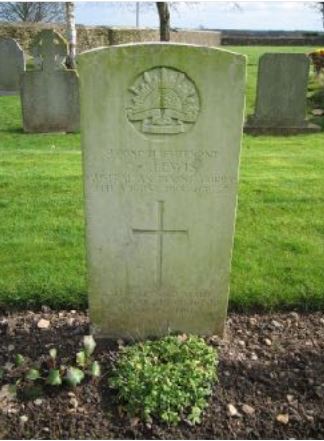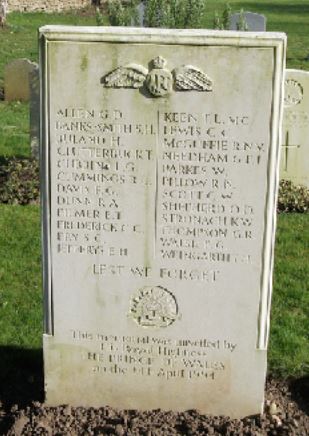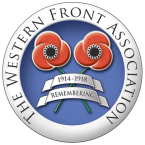6th Training Squadron, Australian Flying Corps

Cecil Charles Lewis was born in Mansfield, Victoria, Australia in 1896, the son of Joseph and Elizabeth Lewis of Thistlebank, Moyhu, Victoria. He was their only child.
He was working as a motor driver when he enlisted into the Australian Army, at Melbourne, on 19 April 1916. He gave his address as 72 Park Street, St Kilda and stated that he had been serving for the previous six months in the Citizens’ Forces.
His initial posting was as a Private, number 5626, with 15th Reinforcements, 22nd Battalion and on 25 September 1916 he embarked from Melbourne, aboard the HMAT Shropshire, arriving in Plymouth on 11 November 1916.
Initially he was based in Wiltshire, at Fovant Camp, with 7th Training Battalion, followed by a spell with 6th Training Battalion at Larkhill. On 1 June 1917 he was posted to France with the Wireless Section and on 18 July 1917 was attached to ‘Y’ Army Corps Signallers, prior to joining 11 ANZAC Corps Wireless Department on 28 July 1917 and shortly after 3rd (Australian) Division Signals Company.
The Australian Flying Corps (AFC) was on the look out for recruits and he transferred to that unit on 24 November 1917, with a view to becoming a pilot.
He was sent for a two month course, commencing 7 December 1917, to No 2 School of Military Aeronautics, Oxford and then, on 26 March 1918, he joined 7th Training Squadron at Leighterton Aerodrome.
For reasons unknown, he spent from 13 April to 22 May 1918 in Beaufort Hospital, Bristol, thereafter returning to Leighterton.
After returning to Leighterton he was confirmed as graduating as a pilot, with the resultant promotion to Second Lieutenant and Flying Officer on 16 June 1918: on 5 July he was posted to 6th Training Squadron at nearby Minchinhampton Aerodrome (later called Aston Down).
He was to meet his end, almost two months later. On 14 August 1918, at about 10am, he took off from Minchinhampton in a Sopwith Pup Scout (serial number B7506), without the permission of the Flight Commander of 6th Training Squadron. He had over 13 hours solo flying experience in the Pup and was no doubt keen to hone his flying skills as, at about 10.15am, he commenced practising nose dives over the hangars at Leighterton. His third dive was from about 800 feet and the Court of Inquiry concluded that he misjudged the moment to pull out of the dive, as the aircraft struck the ground whilst attempting to flatten out. He was still alive when found in the wreckage but suffering from a fractured skull and he died on his way to Tetbury Cottage Hospital. He was 22 years of age.
He was buried in Leighterton Church Cemetery on 17 August 1918, with military honours.

Researched by Graham Adams 3 February 2018
